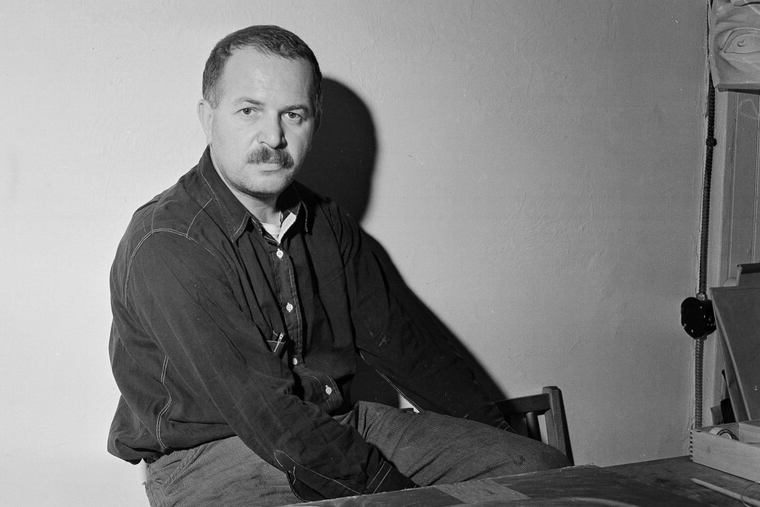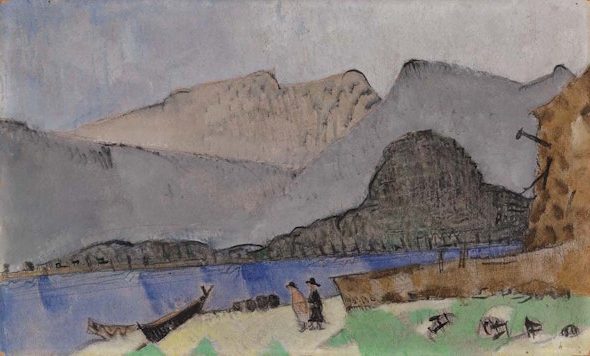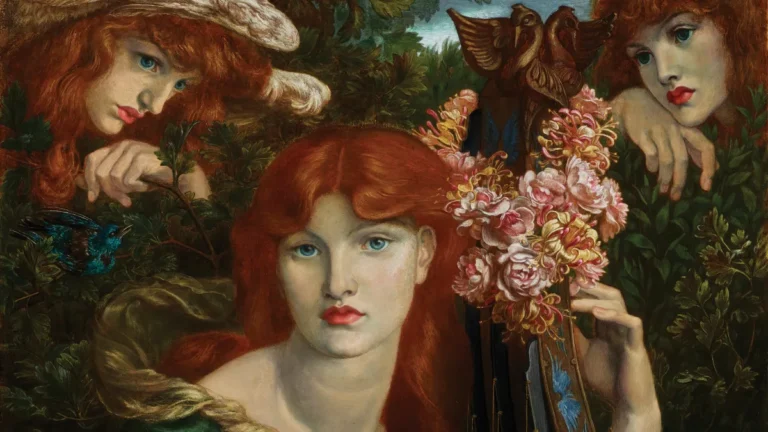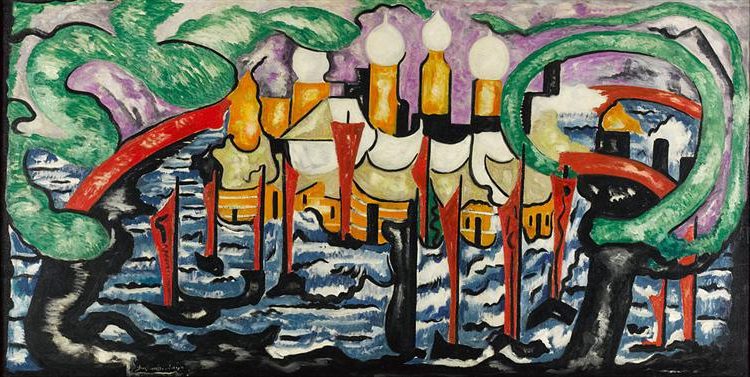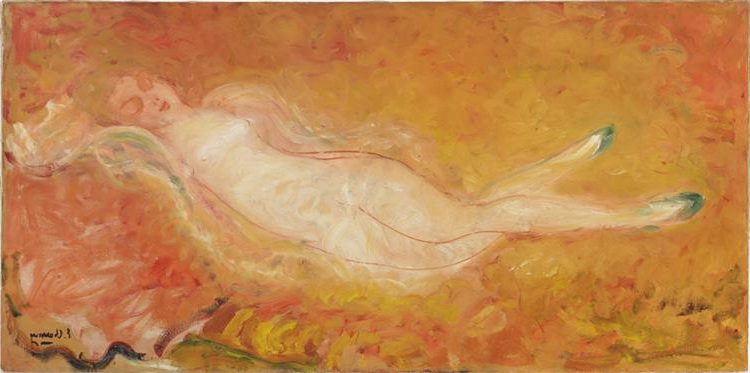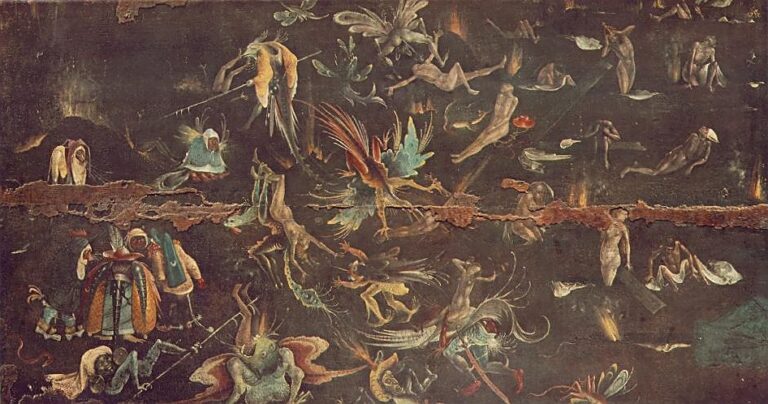Ben Shahn Painter: A Pioneer of Social Realism in 20th Century American Art
Born: September 12, 1898, Kaunas, Lithuania
Death: March 14, 1969, New York City, US
Art Movement: Social Realism
Nationality: American
Influenced By: Walker Evans, Diego Rivera, and Jean Charlot
Institution: City College of New York, National Academy of Design
Ben Shahn Painter: A Pioneer of Social Realism in 20th Century American Art
Life and Works of Ben Shahn
Ben Shahn’s artistic career spanned several decades. He left a lasting impact on American art through his distinctive blend of realism and social commentary. His work evolved from lithography to photography to painting, always maintaining a strong connection to humanitarian causes and political activism.
Early Life and Inspiration
Ben Shahn was born on September 12, 1898, in Lithuania and immigrated to the United States as a child. After completing only elementary school, he was apprenticed to a lithographer where he developed his technical skills.
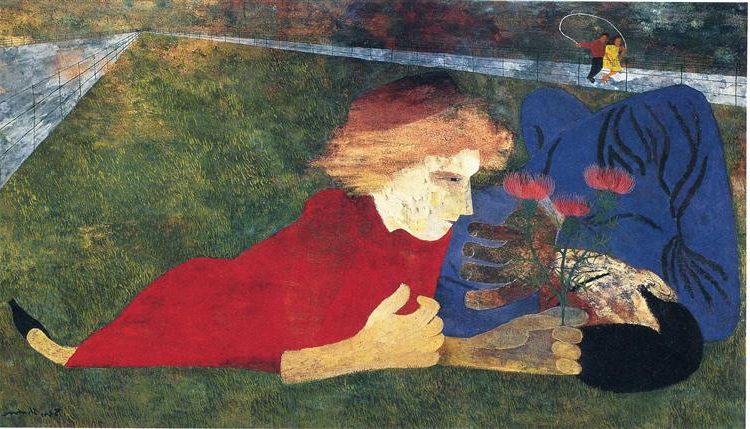
Spring, 1946, by Ben Shahn
This early training in lithography provided Shahn with a strong foundation in graphic arts that would influence his artistic style throughout his career. His immigrant background and exposure to working-class struggles shaped his political consciousness.
Shahn’s Jewish heritage and experiences with discrimination influenced his lifelong commitment to social justice causes. His art frequently depicted labor struggles, political protests, and the challenges faced by marginalized communities.
By the 1930s, Shahn had established himself as a significant voice in American art through his expressive figurative style. He combined realism with emotional intensity to create works that resonated with viewers on both artistic and political levels.
Photographic Endeavors with Walker Evans
During the early 1930s, Shahn developed a close professional relationship with photographer Walker Evans. This partnership significantly expanded Shahn’s artistic techniques and documentary approach.
Together, they documented the harsh living conditions during the Great Depression. Shahn’s photographs from this period reveal his keen eye for composition and human emotion, capturing candid moments of everyday Americans struggling with economic hardship.
Unlike his paintings, Shahn’s photography maintained a straightforward documentary style. He photographed sharecroppers, urban workers, and rural communities with dignity and compassion.
These photographic experiences enriched Shahn’s painting style. He often used photographs as reference material for his paintings, incorporating the immediacy and authenticity of photography into his visual storytelling.
The New Deal Era and Social Realism
Shahn’s career flourished during the New Deal era when he created murals and posters for government programs. He worked for the Farm Security Administration and the Office of War Information, producing images that communicated social and political messages.
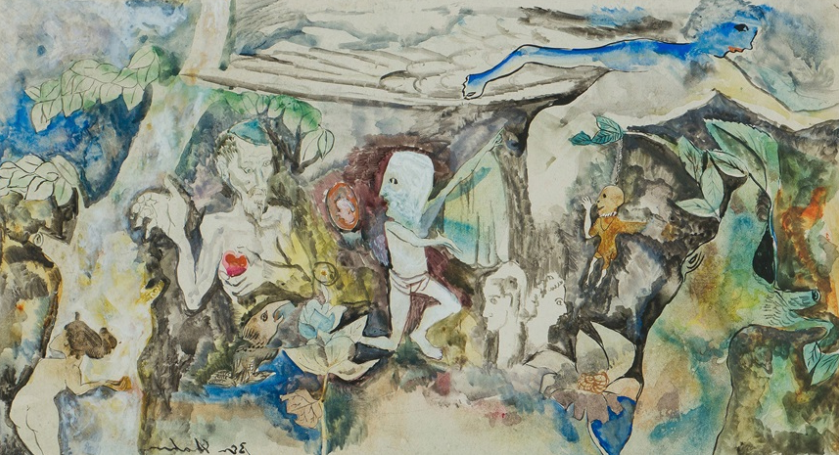
Composition (Garden of Eden), 1931, by Ben Shahn
His distinctive style combined elements of realism and expressionism. Shahn depicted working-class Americans with empathy and dignity, using bold lines and simplified forms to create emotional impact.
During World War II, Shahn designed powerful anti-war posters for the U.S. government. These works demonstrated his ability to distill complex political ideas into compelling visual imagery that resonated with ordinary Americans.
As a leading figure in the Social Realist movement, Shahn used his art to advocate for social change. His paintings addressed issues like labor rights, racial inequality, and political freedom, establishing him as an important voice for progressive values in American art.
Literary Contributions and ‘The Shape of Content’
Beyond his visual art, Shahn made significant contributions to art theory through his writings. His most influential work was “The Shape of Content,” published in 1957 based on lectures he delivered at Harvard University.
In this seminal text, Shahn argued that form and content in art are inseparable. He rejected pure abstraction in favor of art that maintained a connection to human experience and social meaning.
“The Shape of Content” challenged prevailing trends in modern art. While Abstract Expressionism dominated American art in the 1950s, Shahn defended figurative art’s ability to communicate important ideas and emotions.
Shahn’s literary work expanded his influence beyond the art world. He wrote thoughtfully about the artist’s responsibility to society and the potential for art to inspire social change, ideas that continue to resonate with contemporary artists and critics.
Artistic Style and Major Themes
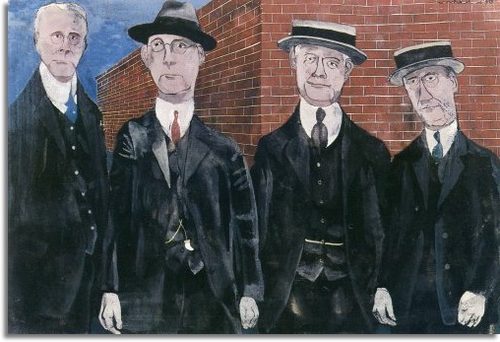
The Four Prosecutors – Sacco-Vanzetti Case, 1932, by Ben Shahn
Ben Shahn developed a distinctive artistic approach that combined social realism with symbolic elements. His work consistently focused on human struggles and injustice, using a narrative style that was both accessible and emotionally powerful.
Integration of Realism and Allegory
Shahn’s artistic style bridged realism and allegory in a unique way. While firmly rooted in social realism, his work evolved beyond pure documentary representation.
In the 1940s, he shifted toward what he personally termed “personal realism,” incorporating more symbolic and allegorical elements while maintaining his commitment to figurative art.
Unlike many contemporaries who abandoned representation, Shahn remained dedicated to narrative imagery. His figures were often stylized with elongated limbs and expressive faces.
His late work especially reflected this integration, exploring religious and symbolic themes while still maintaining his social consciousness. Shahn believed art could communicate universal truths through specific stories.
Exploration of Injustice and Troubled Societies
Justice stood as the central theme in Shahn’s work. His most famous series, “The Passion of Sacco and Vanzetti,” depicted the controversial trial and execution of two Italian immigrants, capturing the emotional and political dimensions of this historical injustice.
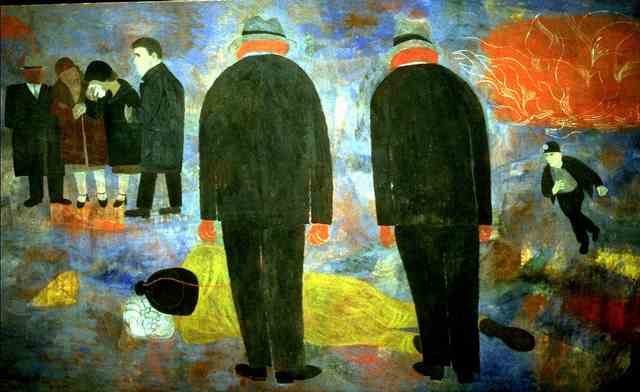
Death of a Miner, by Ben Shahn
Shahn’s art consistently gave voice to marginalized people. Having experienced bullying as a Lithuanian immigrant child, he developed deep empathy for those facing discrimination and hardship.
His paintings of laborers, farm workers, and everyday people documented their dignity amid struggle. These weren’t mere illustrations but powerful visual statements highlighting societal problems.
Shahn’s troubled societies weren’t abstract concepts but vividly portrayed realities drawing viewers into confrontation with uncomfortable truths.
Development of Visual Language in Posters
Shahn revolutionized political poster art, developing a distinctive visual language that combined powerful imagery with text. His poster work during the 1930s-40s demonstrated how art could function as effective propaganda while maintaining artistic integrity.
His commissions included work for government agencies and the Rockefeller Center. Shahn’s poster style featured bold colors, simplified forms, and strategic use of typography that made complex messages immediately accessible.
Unlike purely decorative work, Shahn’s posters aimed to mobilize viewers toward social action. They addressed labor rights, anti-fascism, and public health issues with striking directness.
His poster techniques influenced generations of graphic designers. The economy of line, emotional impact, and fusion of text with image created a template for effective visual communication that remains relevant today.
Collections and Exhibitions
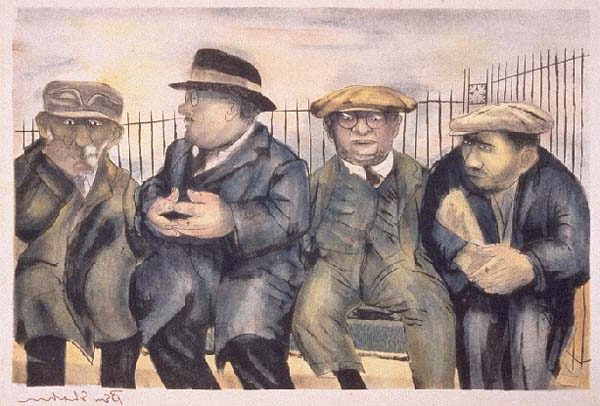
Seward Park, 1936, by Ben Shahn
Ben Shahn’s powerful social realist artworks have found homes in prestigious museums worldwide and have been featured in significant exhibitions throughout his career and posthumously. His unflinching portrayal of social issues has secured his place in major art institutions and historical exhibitions.
Notable Museum Collections
Shahn’s works are housed in America’s most prestigious art institutions. The Whitney Museum of American Art in New York maintains a substantial collection, featuring 13 works and having included his pieces in at least 50 exhibitions. The Museum of Modern Art (MoMA) has also prominently displayed his works, including his controversial paintings of men in shackles.
The Smithsonian American Art Museum preserves important pieces from Shahn’s career, recognizing his contributions to social realism. Other major American institutions holding his works include the Art Institute of Chicago, Philadelphia Museum of Art, and National Gallery of Art.
Internationally, the Tate Gallery in London has acquired his works, demonstrating his global artistic significance. Harvard University Art Museums, Hirshhorn Museum, and The Phillips Collection also maintain notable Shahn holdings.
Influential Exhibitions and Recognition
Shahn’s breakthrough came with his 1932 exhibition “The Passion of Sacco and Vanzetti.” This powerful series, depicting the controversial murder trial and execution of two Italian anarchists, established him as a major artistic voice addressing social justice issues. MoMA included his work in their 1932 “Murals by American Painters” exhibition, where his bold style sparked significant debate.
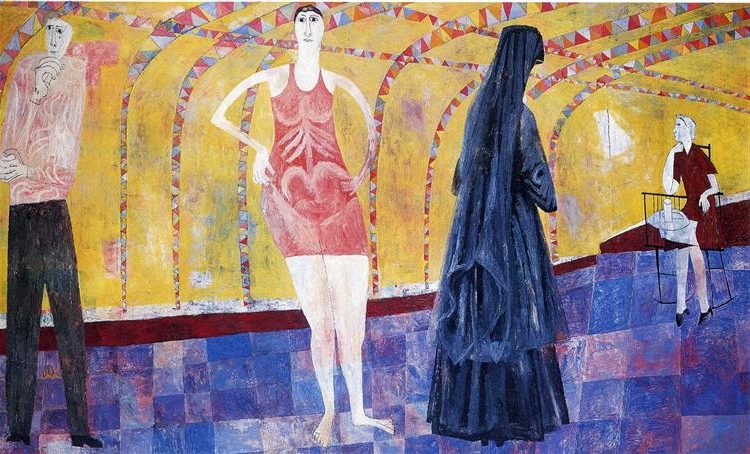
Age of Anxiety, 1953, by Ben Shahn
The Whitney Museum featured Shahn in its 1945 Annual Exhibition of Contemporary American Painting, further cementing his place in American art history. His participation in this prestigious show highlighted his growing reputation among critics and collectors.
Throughout his career, Shahn’s works appeared in numerous solo and group exhibitions that examined social realism, political art, and American modernism. His unflinching portrayal of social inequities and political controversies made his exhibitions notable events that often generated public discourse beyond artistic circles.
Frequently Asked Questions
Ben Shahn’s artwork generates many questions about his techniques, themes, and impact on the art world. His distinctive style and commitment to social causes have made him a significant figure in American art history.
What are the most notable themes depicted in Ben Shahn’s artwork?
Social justice stands out as a central theme in Ben Shahn’s work. He frequently portrayed workers, immigrants, and marginalized communities.
Political commentary was another key focus, with Shahn creating powerful images about labor struggles and civil rights. His paintings often criticized inequality and oppression.
Anti-war sentiment appeared regularly in his art, especially following World War II. Shahn believed artists had a responsibility to address important social issues through their work.
How has Ben Shahn’s art impacted social and political commentary in visual arts?
Shahn pioneered using art as a vehicle for social criticism in American visual culture. His work established a powerful precedent for artists to address political issues directly.
During the Great Depression, his paintings for government programs like the Works Progress Administration brought attention to economic hardship. These public works helped democratize art by making social commentary accessible to everyday Americans.
His influence extends to contemporary artists who continue to use visual art for advocacy and political messaging. Shahn demonstrated that art could be both aesthetically significant and politically powerful.
What techniques and mediums did Ben Shahn predominantly use in his paintings?
Shahn worked across multiple mediums, including tempera, gouache, watercolor, and oil paint. He was particularly known for his mastery of tempera, which allowed for precise detail and vibrant colors.
Photography became important in his practice around 1935 when he worked for the Farm Security Administration. These photographic experiences influenced his painting style with documentary-like qualities.
His distinctive linear technique featured bold, simplified forms with sharp outlines. Shahn often combined text with images, creating a unique visual language that bridged fine art and graphic design.
Can you describe the influence of Ben Shahn’s background on his artistic style?
Shahn’s Lithuanian Jewish heritage and immigrant experience profoundly shaped his worldview and art. Born in Lithuania in 1898, he immigrated to America as a child, giving him firsthand knowledge of cultural displacement.
His early training as a lithographer provided technical skills that influenced his precise drawing style. This background in commercial art and typography appears in his integration of text and image.
Growing up in working-class neighborhoods fostered his lifelong commitment to depicting labor struggles and social inequality. These personal experiences made his political art authentic rather than merely theoretical.
What are some of Ben Shahn’s most celebrated works and where can they be viewed?
“The Passion of Sacco and Vanzetti” series ranks among Shahn’s most important works. These paintings about the controversial execution of two Italian immigrants can be viewed at the Whitney Museum of American Art in New York.
“For Full Employment After the War” poster demonstrates his skill in graphic design with social purpose. The Museum of Modern Art (MoMA) in New York holds this and many other significant Shahn works.
“Jersey Homesteads Mural” depicts Jewish immigration, labor activism, and community building. This large public work can be seen in Roosevelt, New Jersey.
How do art historians and critics typically interpret Ben Shahn’s ‘Miner’s Wives’?
Art historians view “Miner’s Wives” as a powerful representation of working-class solidarity during labor conflicts. The painting shows women anxiously awaiting news during a mining disaster.
Critics highlight Shahn’s technical approach in this work. They note the simplified forms with emotional intensity. The distorted figures and expressive faces reflect his ability to convey psychological states through stylized representation.
The painting is often analyzed for its feminist dimensions, focusing on women’s experiences during labor struggles. By depicting the wives rather than the miners themselves, Shahn brought attention to the broader impact of industrial accidents on communities.


